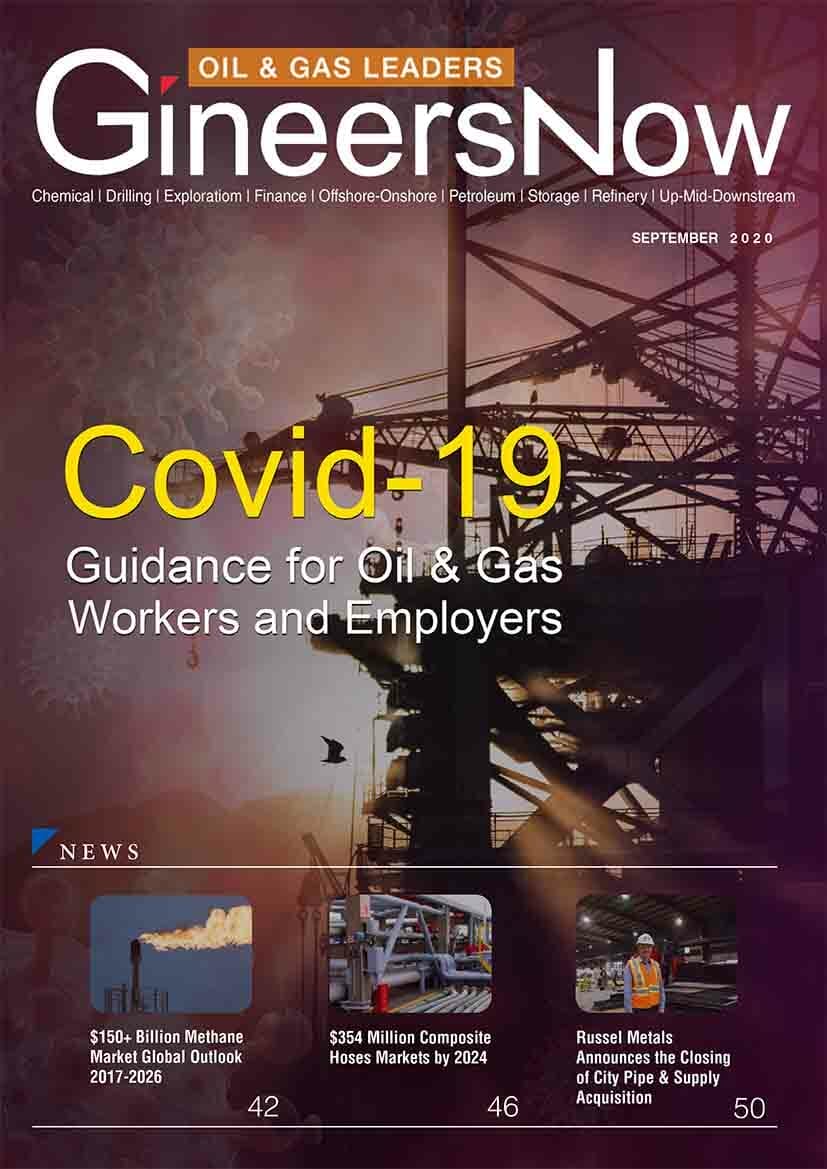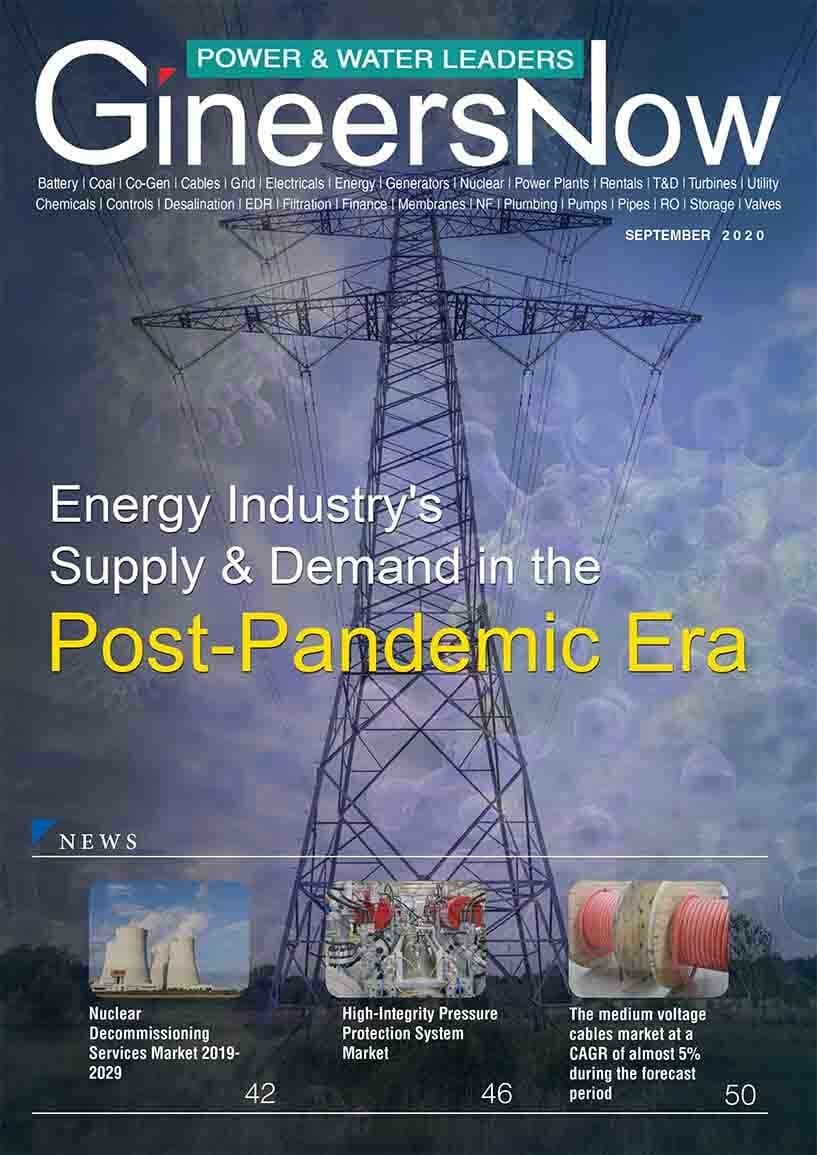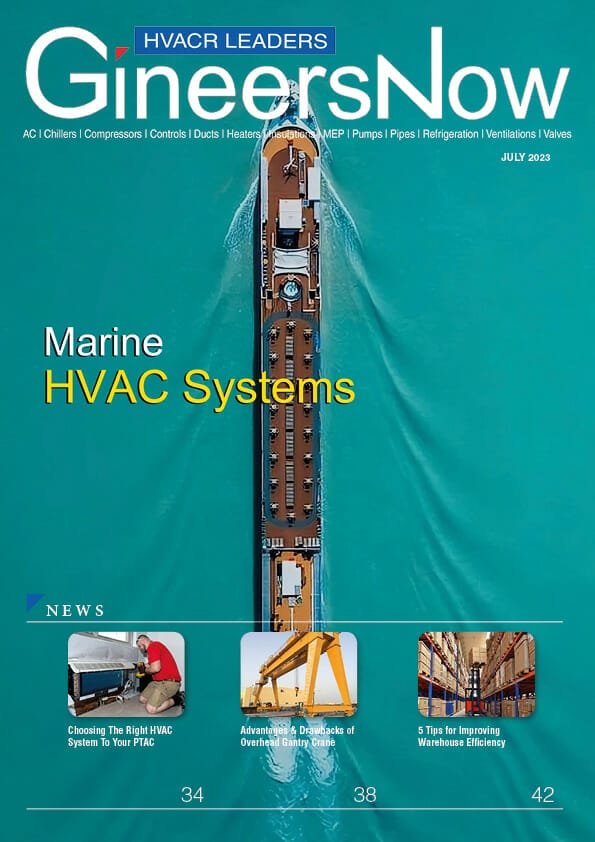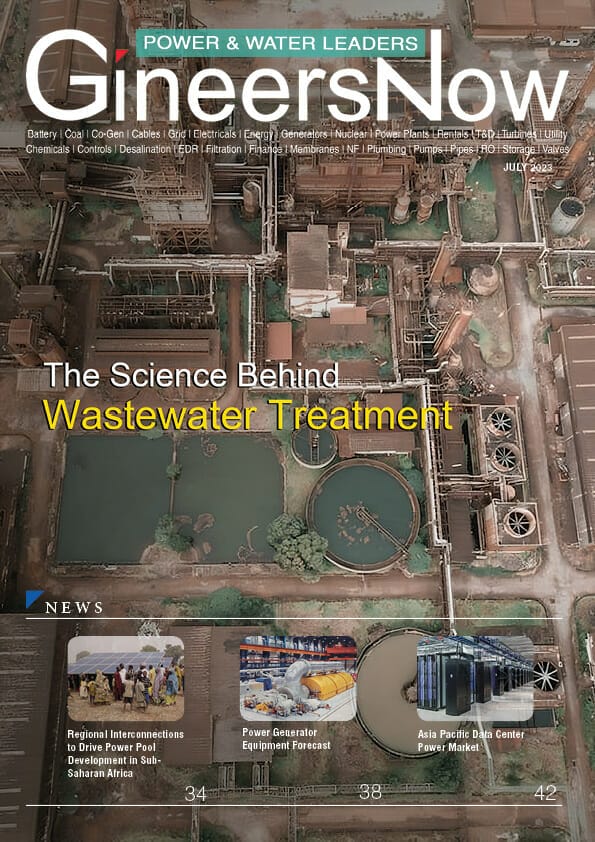Oil and Gas
In the rise of the COVID-19 pandemic, various health protocols should be kept in mind in and outside our homes to protect ourselves from the deadly disease. But these guidelines are not only applicable to our personal spaces, but to our workplace as well.
The Occupational Safety and Health Act of the US Department of Labor has provided several essential points to consider in oil and gas, refineries, petroleum, upstream, downstream and chemical manufacturing facilities once it is deemed safe to return to work.

First and foremost, oil and gas companies should assess the risks and learn about the recent virus spread to properly implement a workplace strategy against COVID-19. Ensure that the work-related tasks to be done within the workshop facilities are not of very high-risk exposure.
If so, consider delaying them until the community transmission subsides or appropriate infection prevention measures are put in place.
In the case of the oil and gas industry, tasks done in the facilities only range between low and medium risks, making them more likely to be fully operational soon.
Among the guidelines set by OSHA, there are engineering and administrative controls that are recommended to be followed.
Engineering controls include putting up impermeable physical barriers between workstations and placing marks and signs around the workplace to remind workers to practice physical distancing.
Protective personal equipment such as face masks, medical grade overalls, face shields and other wearables are encourage to be worn at site.
The overall layout of the facility is also encouraged to be configured in a way that personnel are at least six feet apart and not facing each other.
Included in the administrative controls is the scheduling of workers’ time in and time out as a way of avoiding congestion in common areas. Break times should also be staggered, and temporary break rooms, like outdoor tents, are highly encouraged to be set up. Disinfectant and sanitizers should be available in common areas, as well as UV air purifiers should be placed strategically in various office locations. Office buildings and workshops should be retrofitted with proper ventilation to mitigate the spread of the coronavirus.
Consider limiting the number of people assigned to common workstations, as well, such as the control room. If possible, encourage the use of virtual meetings.
Click below to read the magazine
















